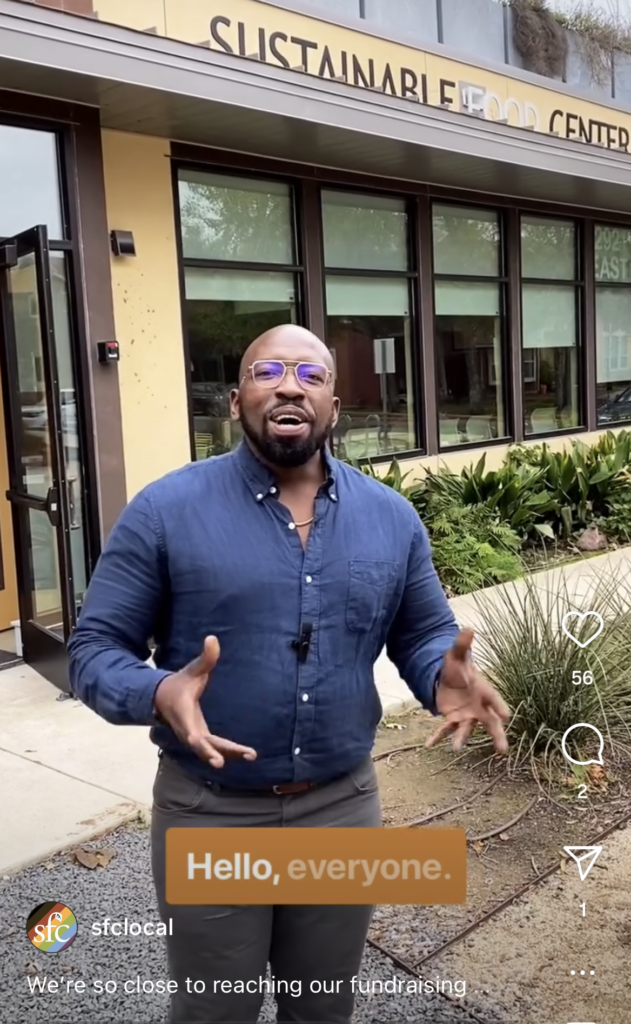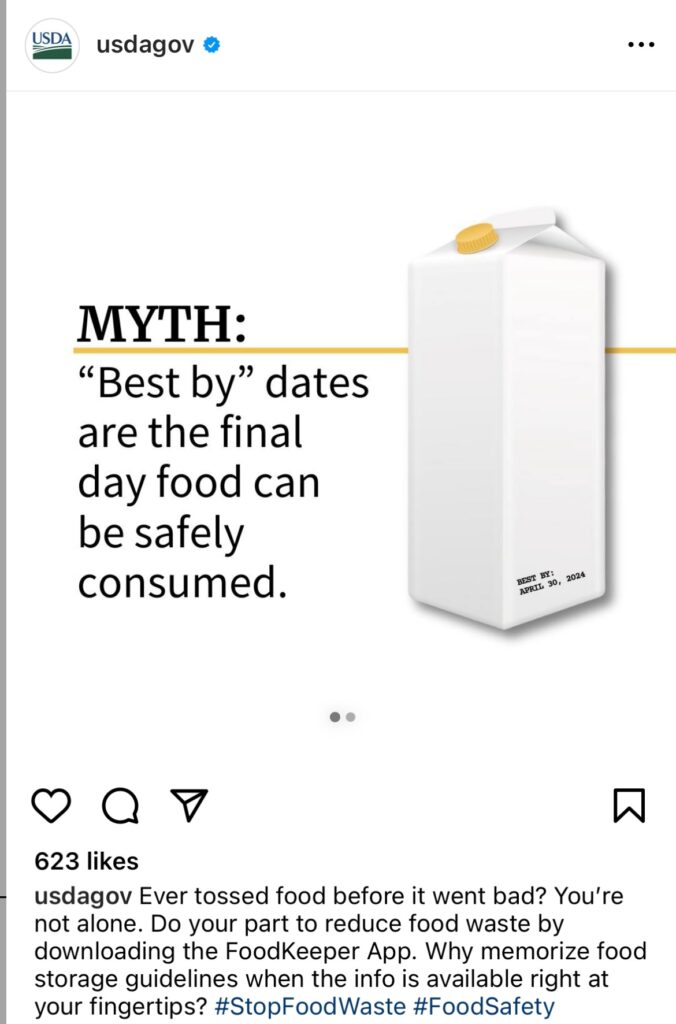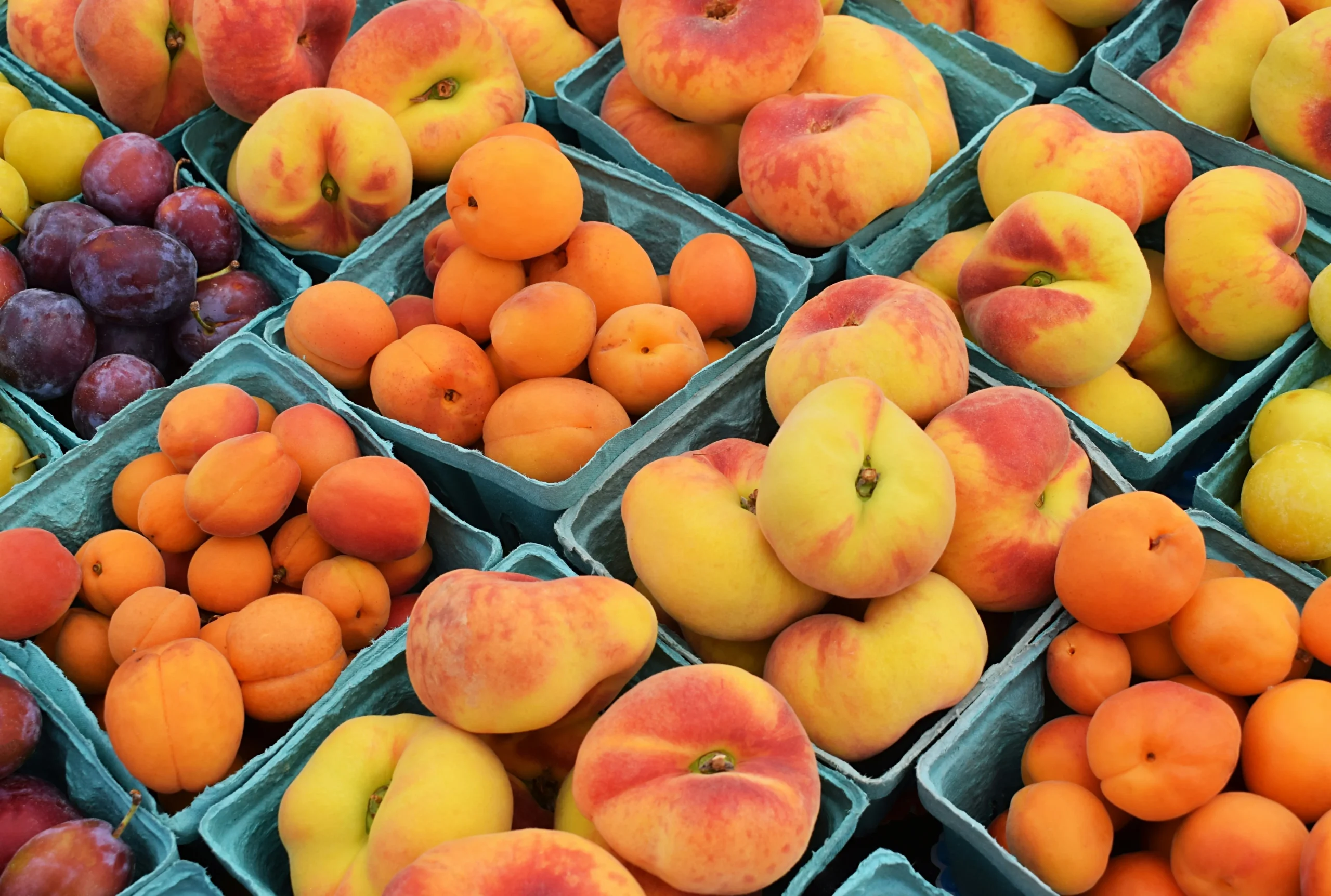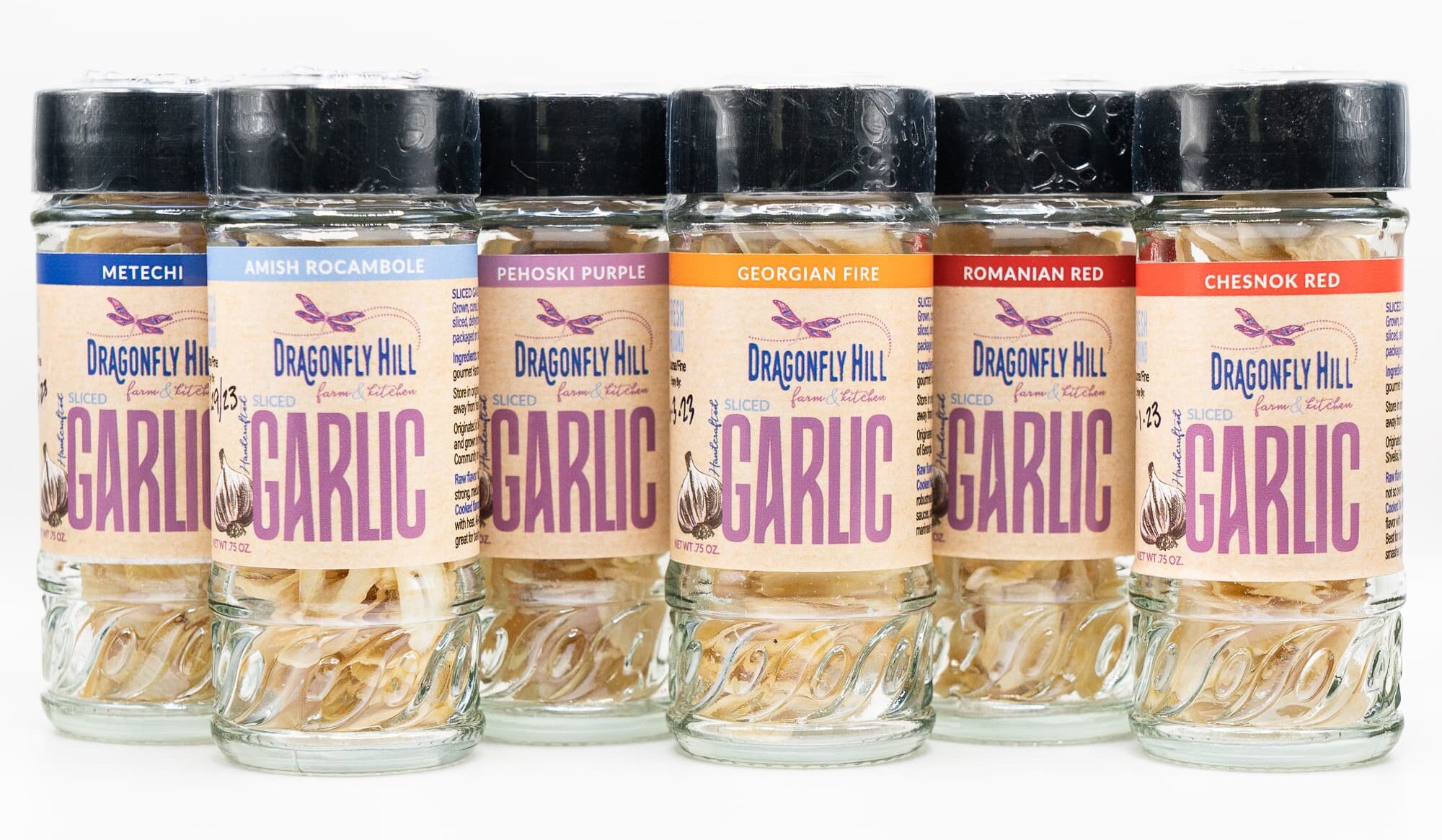
Financial Terminology To Know
September 17, 2024
Stand Out This Holiday Season: 6 Strategies For Farms & Food Businesses
November 1, 2024
Financial Terminology To Know
September 17, 2024
Stand Out This Holiday Season: 6 Strategies For Farms & Food Businesses
November 1, 2024September 18, 2024
Reach More People through Accessible Marketing
By Amira Haddon, Internal Marketing Manager

If you’re putting effort into marketing, it’s important that it’s accessible to people with disabilities. This means making your website simple to navigate and content easy to get for people with visual, hearing, motor, and cognitive impairments.
By making your marketing materials ADA compliant, you show that you care about including everyone. Steps you can take include adding alt text for images, captioning your videos, and using clear language to describe products.
These steps help you build your brand and ensure that all customers can access and benefit from what your farm or food business offers. Here’s a straightforward guide to help you make your offerings welcoming to everyone.
Why Make Your Marketing ADA-Compliant?
Broadens your audience: Accessible marketing opens the doors to a larger audience, including the millions of people with disabilities.
Avoids legal risks: Not complying with the Americans with Disabilities Act (ADA) can lead to legal troubles. This can be expensive and ruin your brand’s reputation.
Improves brand reputation: Demonstrating that your business values all customers can increase customer loyalty and trust.
Be a savvy business owner.
Get tips on accounting, finance, marketing, and more, tailored for farms and food businesses—free.
"*" indicates required fields
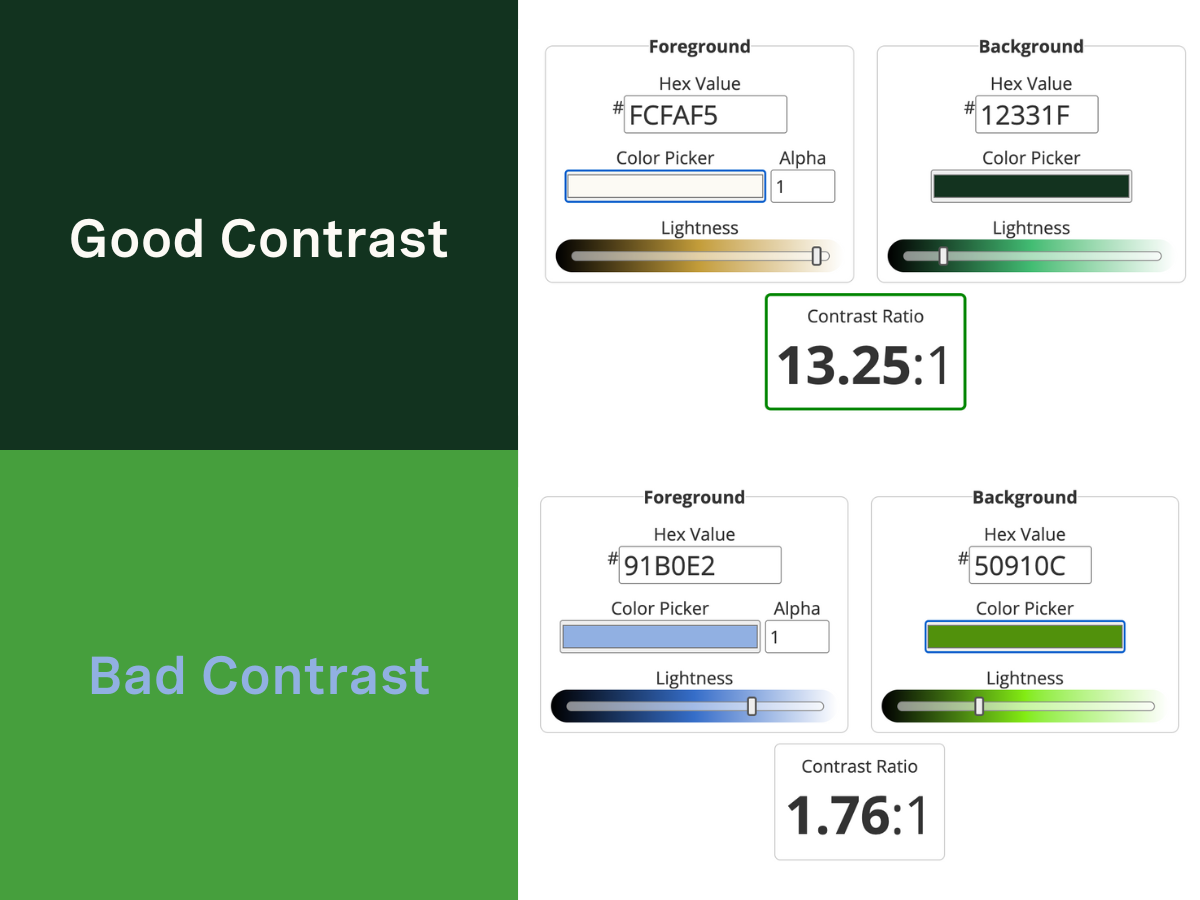
Practical Steps for ADA Compliance
1. Start with Your Website
Your website is often the first point of contact between your business and potential customers.
Text readability: Use clear, simple language and sharply contrasting colors between the text and the background. This helps those with vision impairments read your content more easily.
Alt text for images: Use clear, simple language and sharply contrasting colors between the text and the background. This helps those with vision impairments read your content more easily.
Accessible navigation: Make your website navigable by using a keyboard alone. This benefits users who cannot use a mouse. This step mostly comes into play when building your website and is one of the more technical aspects of accessibility.
If you work with a web developer, you can share the WCAG’s success criteria for Keyboard Accessibility so they can check that your website meets the criteria. You can also install accessibility plug-ins on your website (e.g., WordPress’s ADA Compliance Check) to help identify accessibility issues.
Tips
- Keep text size at a minimum of 12pt.
- Don’t write words in all capital letters (e.g., FARM). Screen readers will spell out the word letter-by-letter.
- Use bold and italics sparingly. Writing long passages in bold or italics makes it difficult to read.
- To emphasize text, use bold text instead of underlining. Underlining can be mistaken as a link.
- Use heading styles to organize content. This makes web pages easier to read, both for people and screen readers.
- Use free online tools like a contrast checker, such as the ones provided by EXPERTE.com or WebAIM. Aim for a color contrast of 4.5:1 for normal text and 3:1 for large text (14pt or larger)
- Be brief, but include relevant context.
- Leave alt text empty if the image is purely decorative.
- Don’t start with “Picture of…” or “image of…”
- Spell words correctly. Even though this text isn’t often shown on the webpage, misspelled words will be mispronounced by a screen reader.
- If you have a lot of photos on your website, it can be helpful to use plug-ins and AI tools to write alt text.
See more tips from the American Foundation for the Blind.
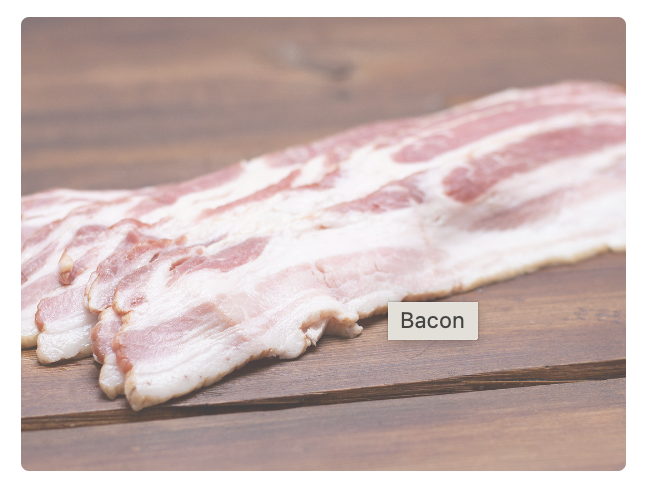
2. Social Media
Social media is a powerful tool for connecting with new and existing customers. Maximize your reachability by making your posts accessible.
Use captions and transcripts: Provide captions for videos and transcripts for audio content. This not only helps deaf or hard-of-hearing users but also benefits those in noisy or sound-sensitive environments.
Instagram provides auto-generated captions (See Hootsuite’s blog post to learn how to use it). You can also add captions using video editing software or a third-party captioning app.
Descriptive hashtags: Write hashtags in CamelCase (e.g., #FarmFreshProduce). This makes them easier to read for everyone, including those with cognitive disabilities.
3. Other Marketing Materials
Whether it’s brochures, business cards, or email newsletters, ensuring your physical and digital marketing materials are accessible is key.
Readable fonts and sizing: Choose fonts that are easy to read and use bigger font sizes. This helps people with limited vision read your printed and digital content.
Tips
- Make text no smaller than 10pt for printed materials.
- Use sans-serif fonts (fonts that do not have extra embellishments). Examples of sans serif fonts include Helvetica, Courier, Arial, and Verdana.
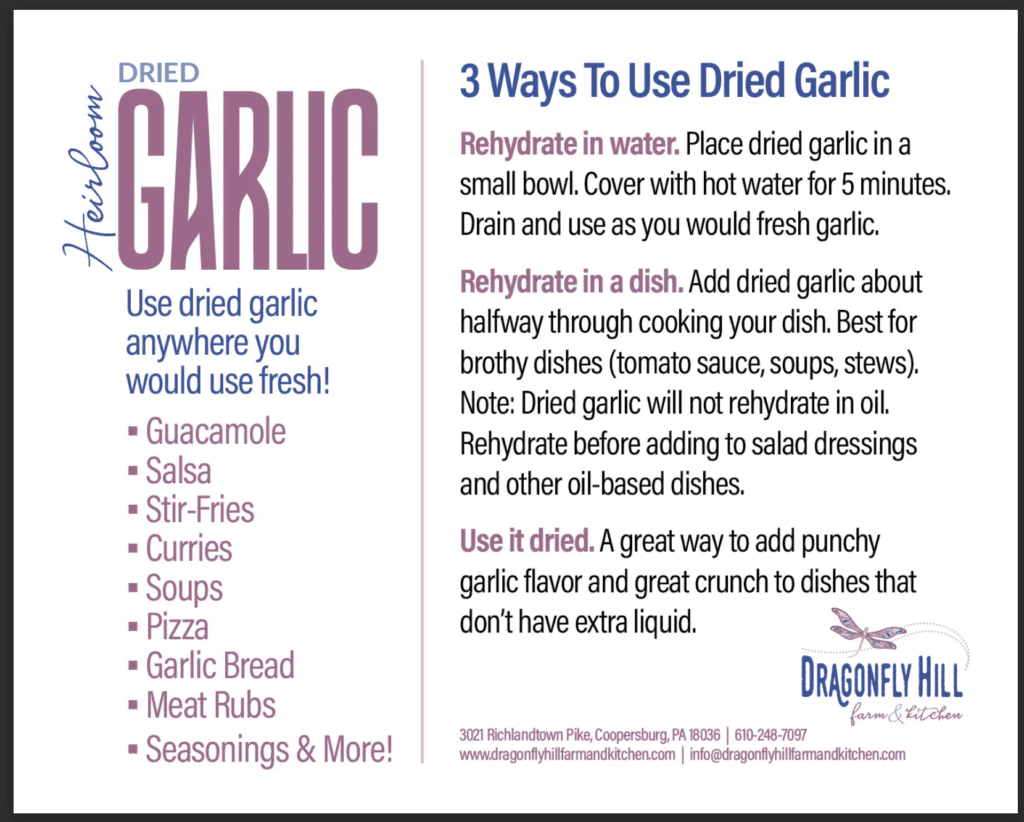
Clear language: Avoid complex vocabulary and industry jargon. Stick to straightforward, concise language to make your message clear.
By making your farm or food business marketing ADA-compliant, you not only comply with the law but also show that you care about all your customers. This can boost your business’s reputation, leading to a bigger customer base and sales.
